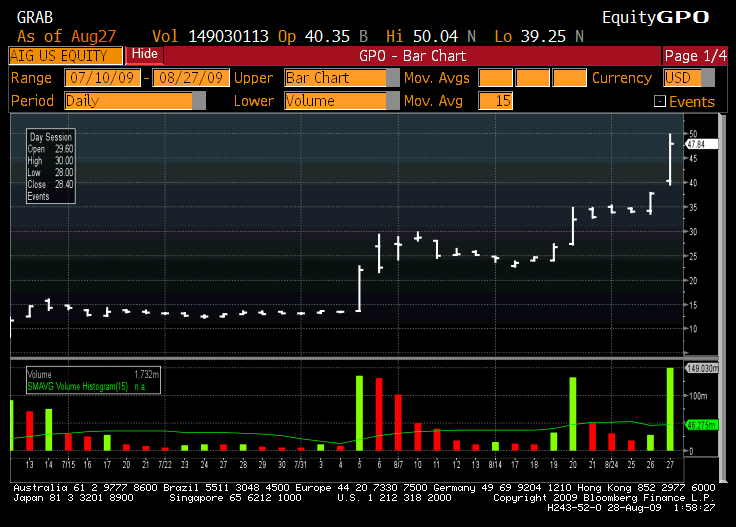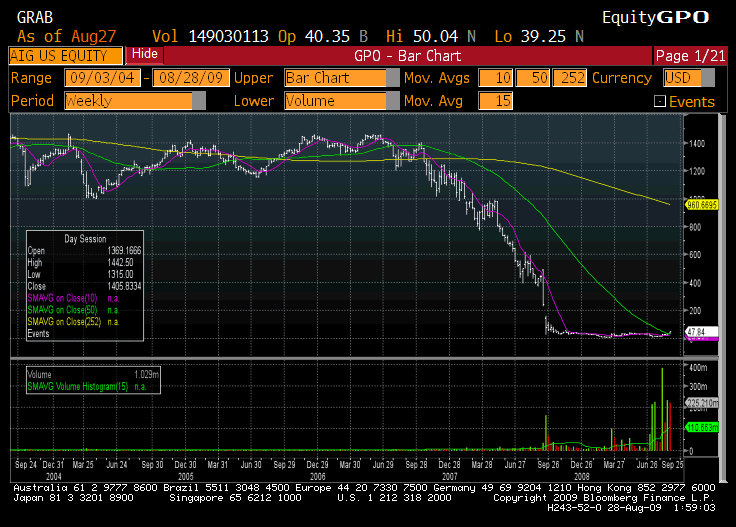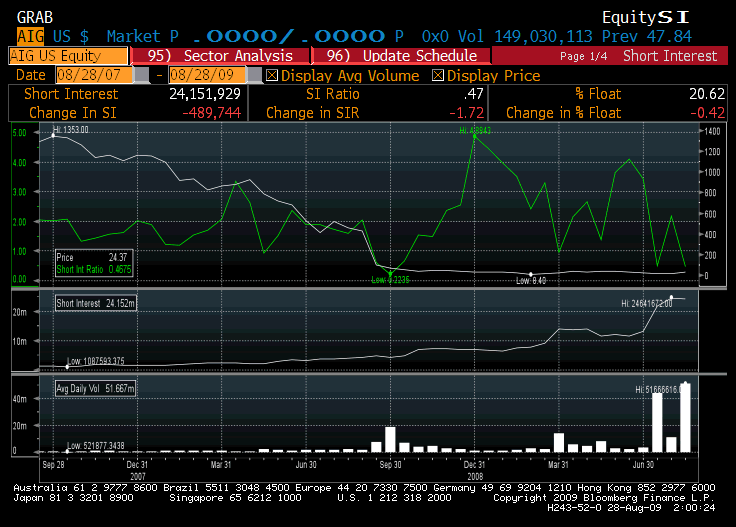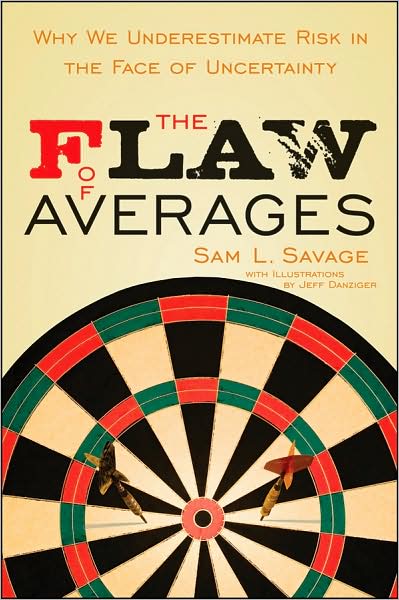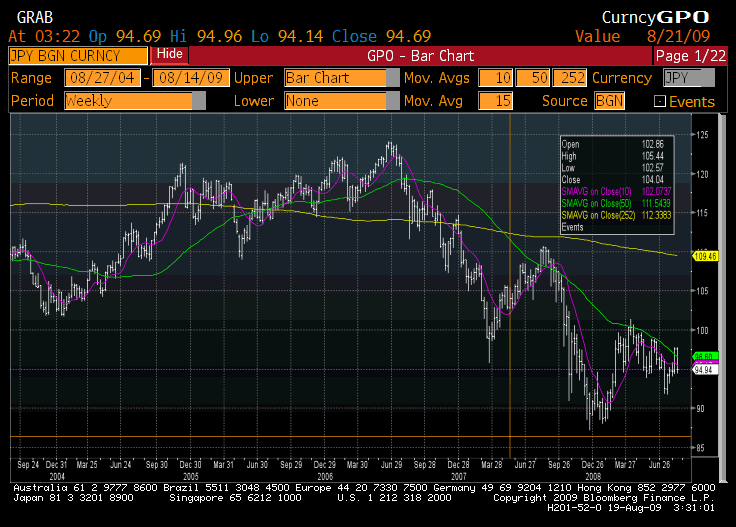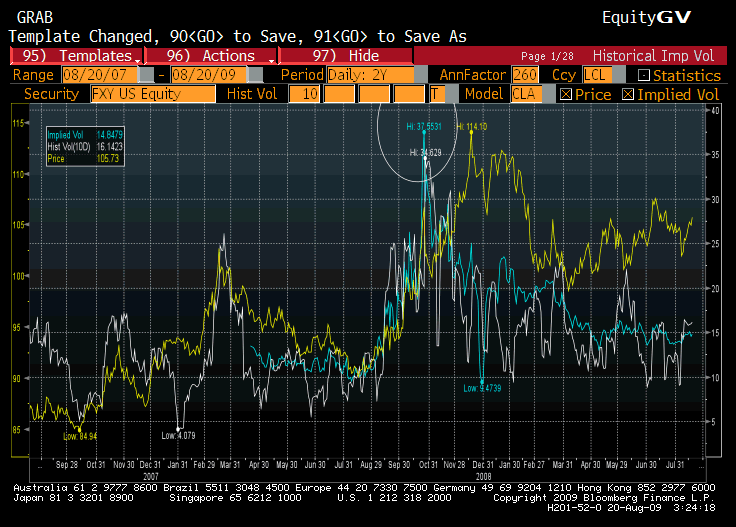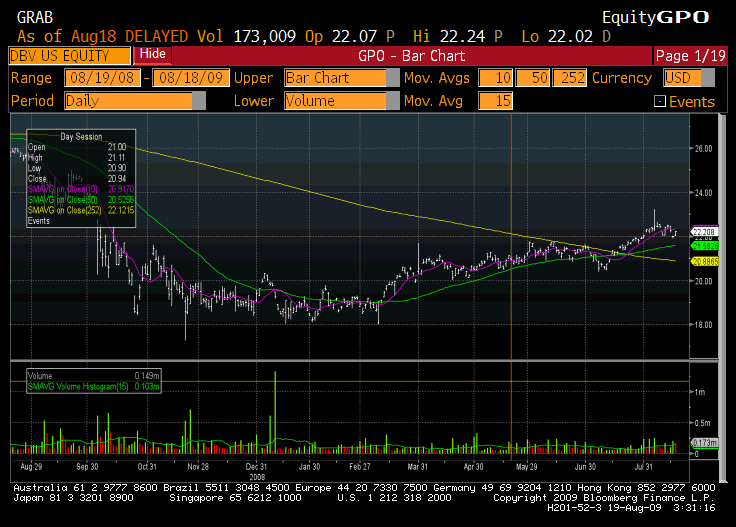Avoid Risk; Make Money.
Sometimes a single article can change my direction for publishing for an evening.? So it was for this article, Hedge Fund Keeps Reins on Risk.? I had not heard of Graham Capital Management until today, but given what I read, I like what they do — they focus on risk.
I am currently reading Eric Falkenstein’s book, Finding Alpha, and I am a little less than half through it, but he makes the point quite ably that the way to make money is to avoid risk, and that those that do avoid risk tend to do better than those that take a lot of risk.? I know that this is tough to understand for those that have bee indoctrinated by Modern Portfolio Theory, but I will phrase it my own way.? Take risk when you are paid to take it; avoid undercompensated risks.
Here’s the money quote from the WSJ story:
The firm’s risk manager Bill Pertusi leads a meeting at 9:30 a.m. each day in a large room in Graham’s 93-year-old Irish Tudor mansion. There, a group of seven or so people — always including Messrs. Tropin and Pertusi — discusses all aspects of risk: market risks, risks in individual traders’ portfolios and how they have changed since the day before, risks to the way the firm is investing its cash, counterparty risk — or risk that the firm on another side of a trade will fail, even evaluations of whether traders’ are in positions that are “crowded” with other hedge funds.
“I’m not aware of anyone who has a daily meeting just to talk about risk in the absence of talking about opportunity,” according to Leslie Rahl, managing partner of risk-management firm Capital Market Risk Advisors.
Graham requires managers of some of its funds to fill in a survey every Friday, answering the question: “How much money would we lose if you had to completely liquidate your portfolio in one, three or five days, in both normal and stressed environments?”
Risks are multi-dimensional, and a wise manager thinks through all aspects of his risks.
- How creditworthy are my counterparties?
- How readily can I convert my portfolio to cash if I had to?
- What are my competitors doing?? Are my positions in strong hands or weak hands?? How many are making the same bet that I am?
- Have the fundamentals of my positions changed?? Have the views of other major players in the market changed?
- Has the time horizon of other investors alongside of me changed?
- What cash flow yield am I likely to get, and how might that vary?
- What should we do about major moves in the markets that we trade — go with the trend, or resist it, or ignore the move?
- Am I implicitly taking the same bet through seemingly different? areas of my portfolio?
Limit the downside, and the upside will provide for you.? I am not saying to avoid risk, but to take prudent risks.
Now, I try to avoid making a lot of market calls, because those who do make a lot of calls are incautious at best.? I do believe that this is a time for caution with respect to the equity markets and the corporate bond markets.? I agree with Jason Zweig here, it is a time to trim risk positions.
On another front, consider illiquidity.? Taking on illiquid investments is a bet the the future will be very good; there will be no reason to liquidate funds.? This is why there should be a substantial yield or likely return premium for investing where there is no liquid public market.? The university endowments have stumbled here; they needed more liquidity than they thought.?? So have pension plans, who aimed for high returns at the worst possible moment.
That said, some pension plans are taking money off the table in stocks in the present environment.? Good move, I think.? Even the venerable Value Line is recommending lower commitments to common stocks.
Human nature does not change, and that is what makes behavioral finance and value investing stronger.? As the market moves up, shorts cover, but greed and envy drive people to invest more in the hot sectors.
This is not limited to retail investors, though.? Even investment banks are getting into the act.? Add to the leverage and let’s take some sweet bets!? Devil take the hindmost!
I get it, and I don’t get it.? This is a time to decrease risk, even though I might be early.? The troubles of our financial sector are not solved.? Our consumers are still overleveraged.? I don’t see how we get sustainable decent returns on capital in the present environment, aside from stable sectors of the global economy.? Avoid risk; make money.


